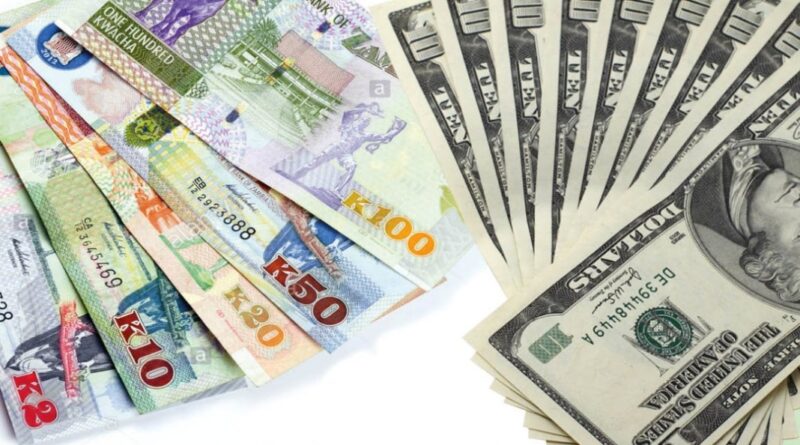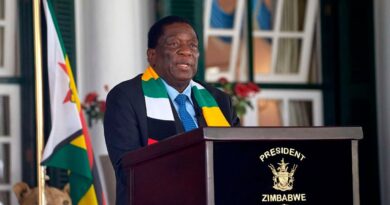Low US Dollar Supply Hurts Kwacha Performance
The Kwacha continues to face significant challenges, with experts predicting further losses in the short term due to low mining and agriculture outputs. The key issue lies in the scarcity of US dollars, which is exacerbated by high demand for the currency.
Economic expert Mr. Kelvin Chisanga pointed out that the pressure on Zambia’s currency has been a growing trend since mid-September. This sustained depreciation is having a detrimental impact on the broader economy, contributing to inflationary pressures.
As the demand for US dollars surges, Zambia is seeing higher imports of essential goods, including maize, fuel, and electricity. This weakens the Kwacha and strains local resources. Despite interventions by the Bank of Zambia (BOZ), the Kwacha has struggled to regain strength, remaining in a bearish position against a basket of major currencies, especially the US dollar.
Mr. Chisanga highlighted that the pressure has been particularly intense from September to December, a period marked by increased demand for hard currency.
He added that the drought’s impact on agriculture and energy production has worsened the situation. While Zambia’s foreign exchange reserves exceed the minimum three-month import cover, it is low production in sectors like energy and agriculture that is driving the currency’s decline.
Looking ahead, Mr. Chisanga suggested that the Kwacha’s performance will remain weak in the medium term unless policy uncertainties are resolved. The currency faces several vulnerabilities, including energy supply deficits, but there is potential for recovery in the long term. Positive growth in the mining sector and steady agricultural development could support a stronger Kwacha, even in challenging economic conditions.
In conclusion, while Kwacha’s short-term outlook is uncertain, he expressed hope for improvement driven by the mining sector and agricultural growth.



